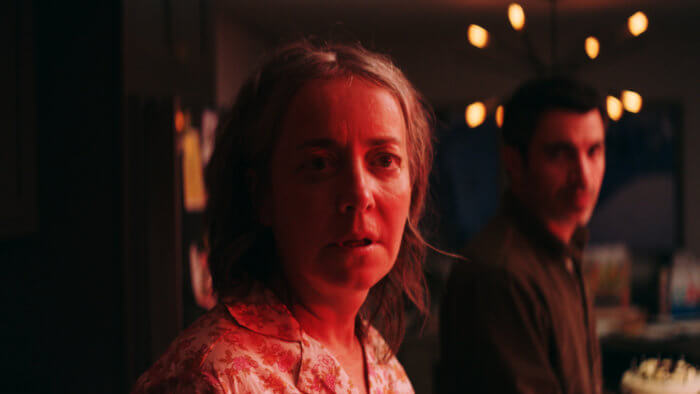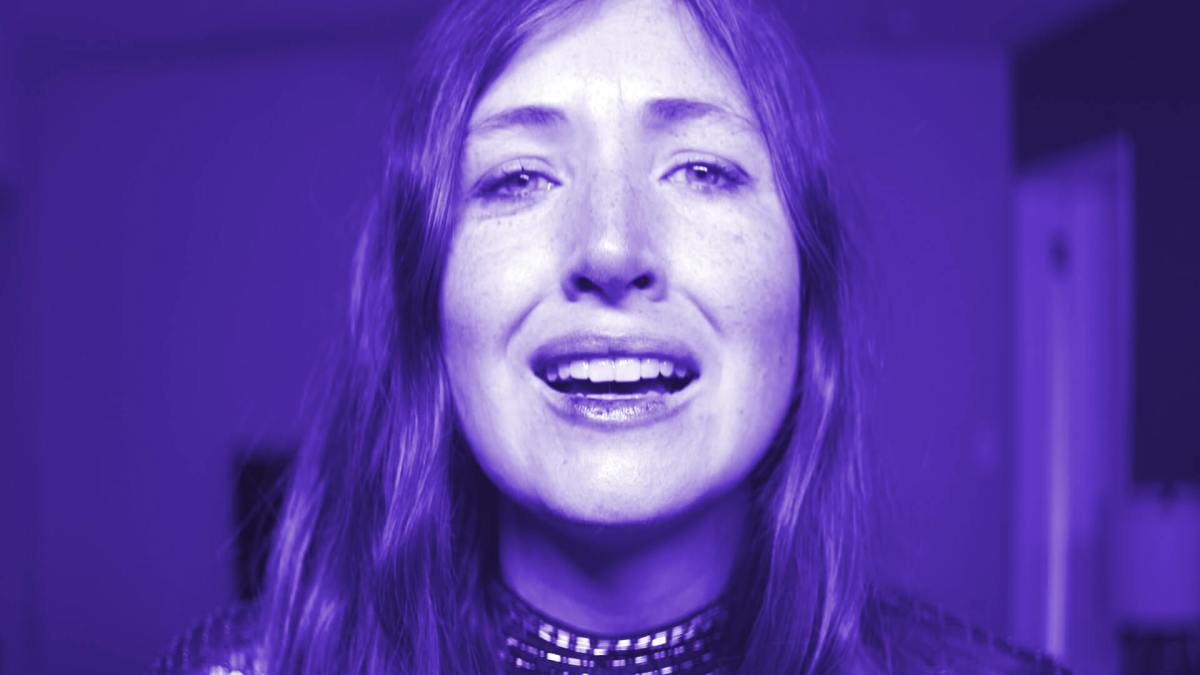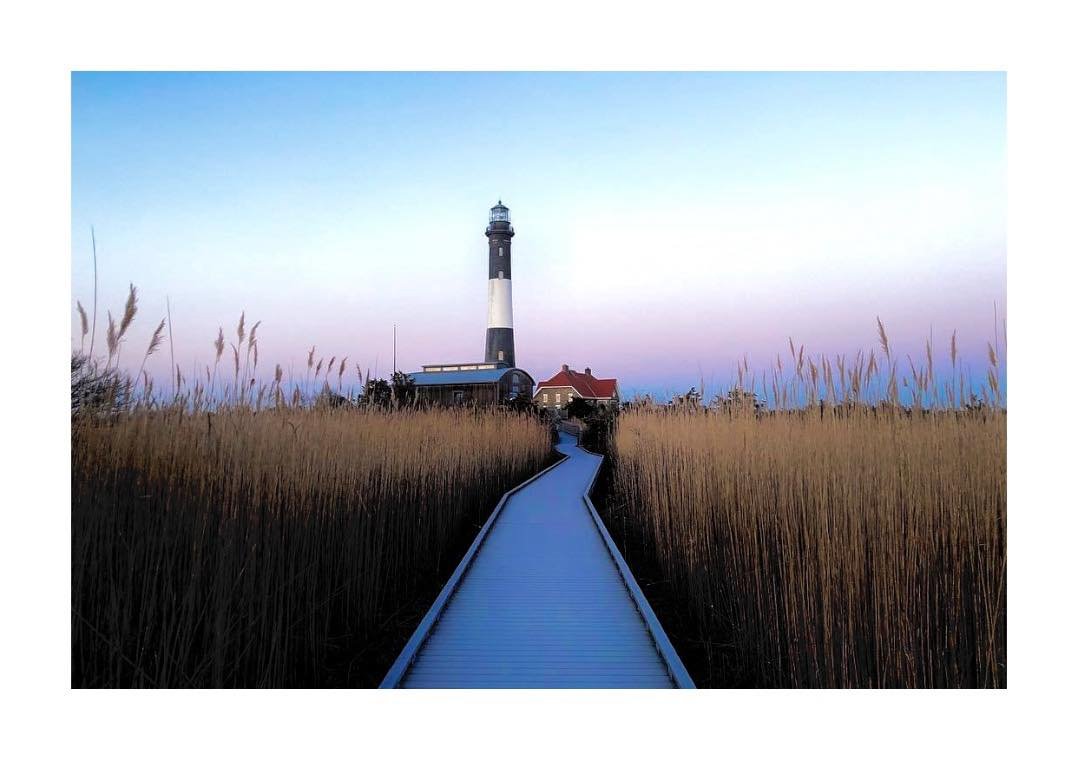I hate “movies we need now.” Just a few years later, does anyone look back fondly at “Three Billboards Outside Ebbing, Missouri” or other cases of heightened festival buzz and industry hype?
Amy Seimetz’s “She Dies Tomorrow” isn’t the movie we need now. It’s something much better: an accurate mirror of the death cult American life has become, portraying suicidal nihilism as a meme. Its accomplishments are as much formal — especially due to excellent cinematography and sound design — as thematic. Like some Japanese films made near the turn of the century (such as Sion Sono’s “Suicide Circle” and Kiyoshi Kurosawa’s “Cure” and “Pulse”), it captures the spirit of a crumbling society. And while it was obviously made before COVID, it feels more like social realism than sci-fi/ horror.
“She Dies Tomorrow” was supposed to get its world premiere at Austin’s SXSW festival in March. SXSW was canceled for obvious reasons, and the film has never played a public screening in a movie theater. Critic Jason Bailey, who caught a press screening, wrote about what got lost: “But I hope you get to see it, and I hope you get to see it in a theater, for a number of reasons: how the sound design fills the auditorium with downright apocalyptic rumbles; how an audience of strangers will seek permission from each other to giggle at the horrifyingly dark comedy of its back half.”
That audience will have to communicate with each other online instead.
Amy (Kate Lyn Sheil) is a recovering addict who has apparently gotten drunk to overcome her certainty that she will die the next day. It doesn’t work. She just engages in odd behavior like playing the beginning of one record over and over while jumping on the top of the patio with a leaf-blower. She begs her friend Jane (Jane Adams) to come over, searching for solace. Instead, Jane picks up her mood of anxiety and despair. When Jane goes to a party, everyone there becomes convinced in turn they will die tomorrow.
Far beyond even the requirements of its premise, “She Dies Tomorrow” avoids naturalism. The lighting frequently alternates between bright red and blue flashes. It includes extreme close-ups of molecules and cells, imagery mirrored toward its end by blood flowing freely but mysteriously throughout its world. The soundtrack is filled with ominous, inexplicable bursts of white noise.
Seimetz’s style evokes European directors like Gaspar Noé and Nicolas Winding Refn. But unlike them, she’s uninterested in extremes of sex and violence. Exploring the edges of the psyche is enough for “She Dies Tomorrow.” It knows how to use negative space to make its vision creepier, rather than piling on excess.

The rest of the characters take Amy’s anxiety as a given and find it extremely believable that they’re bound to die tomorrow. Excellent performances from a fine ensemble cast sell this idea. Jane Adams contributes a particularly powerful turn as a woman who starts out thinking that she can help her friend but winds up getting sucked into her downward spiral and even spreading it further.
The conceit behind “She Dies Tomorrow” might seem silly if the film didn’t go to such lengths to make us feel uneasy. Its world’s emotions are the same as our own. But its use of color and sound design are meant to represent Amy’s mental space. Within the film, her emotions spread out into the world, but its power also stems from the way they speak to its spectators at the same time.
It’s a commonplace that sci-fi dystopias and apocalypses now feel like an accurate way of representing our world. There’s even a term for the mentality behind “She Dies Tomorrow”: “doomer.” But its central concept of anxiety and despair spreading like a disease is barely a metaphor. Even before COVID hit the US, deaths from suicide and drug overdoses were lowering Americans’ life expectancy. Several studies have estimated that a large minority of Americans are suffering from clinical anxiety and depression.
“She Dies Tomorrow” keeps returning to the image of blood, usually in a specifically female context alongside allusions to abortion and periods. If there’s any hope in this film, it stems from the recognition that our minds and bodies have always been constructed to die.
The apocalyptic overtones of “She Dies Tomorrow” are particularly resonant at this moment, when we can’t even begin to mourn because a substantial percentage of the country doesn’t take seriously the disease that has killed 150,000 Americans so far. As a result, parts of the film are extremely uncomfortable viewing. But it implicitly raises the question of what we should do with our lives today if “no future” is a reality.
SHE DIES TOMORROW | Directed by Amy Seimetz | NEON |Starts streaming VOD Aug. 7 | neonrated.com/films/she-dies-tomorrow
To sign up for the Gay City News email newsletter, visit gaycitynews.com/newsletter.



































